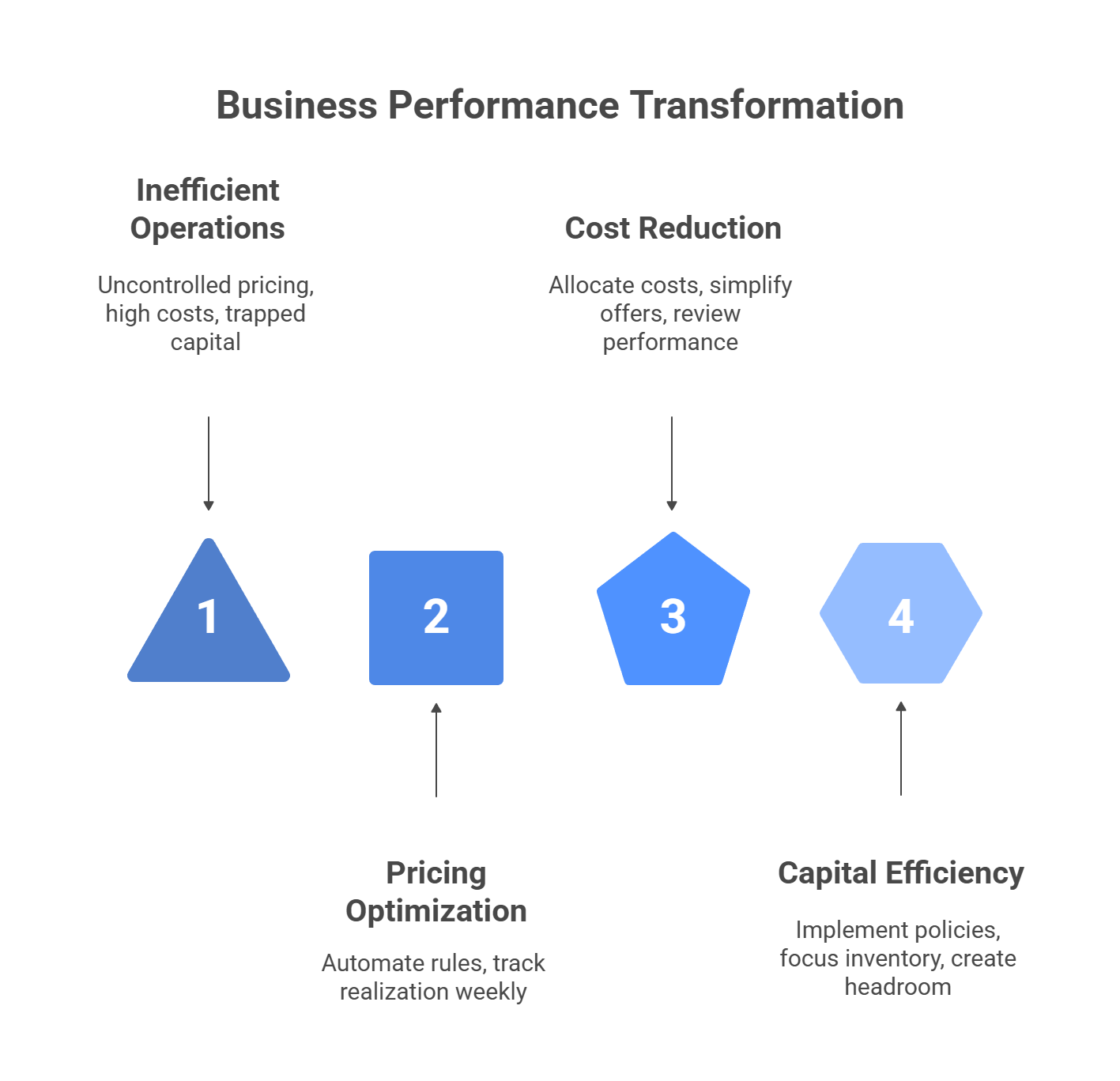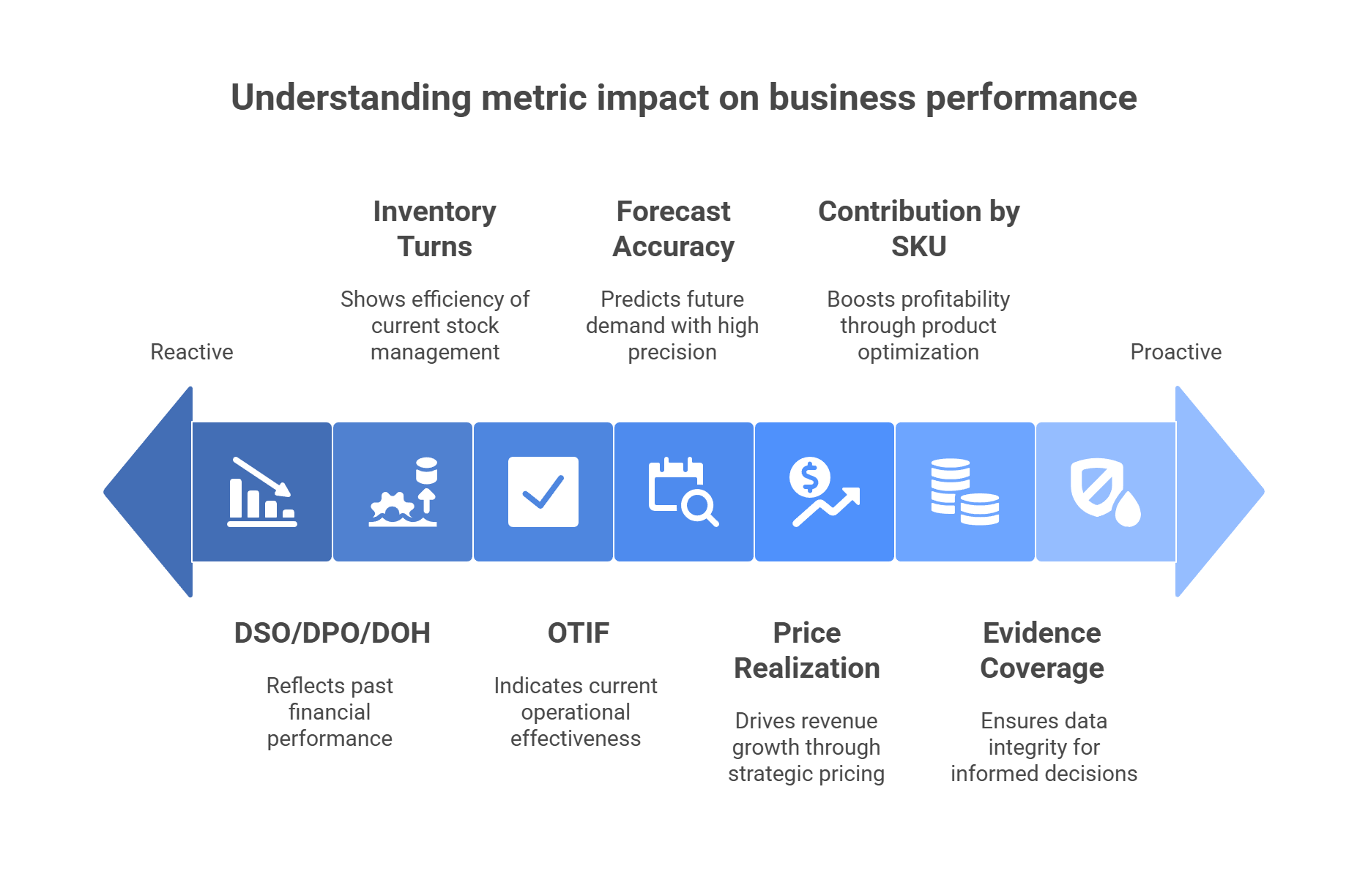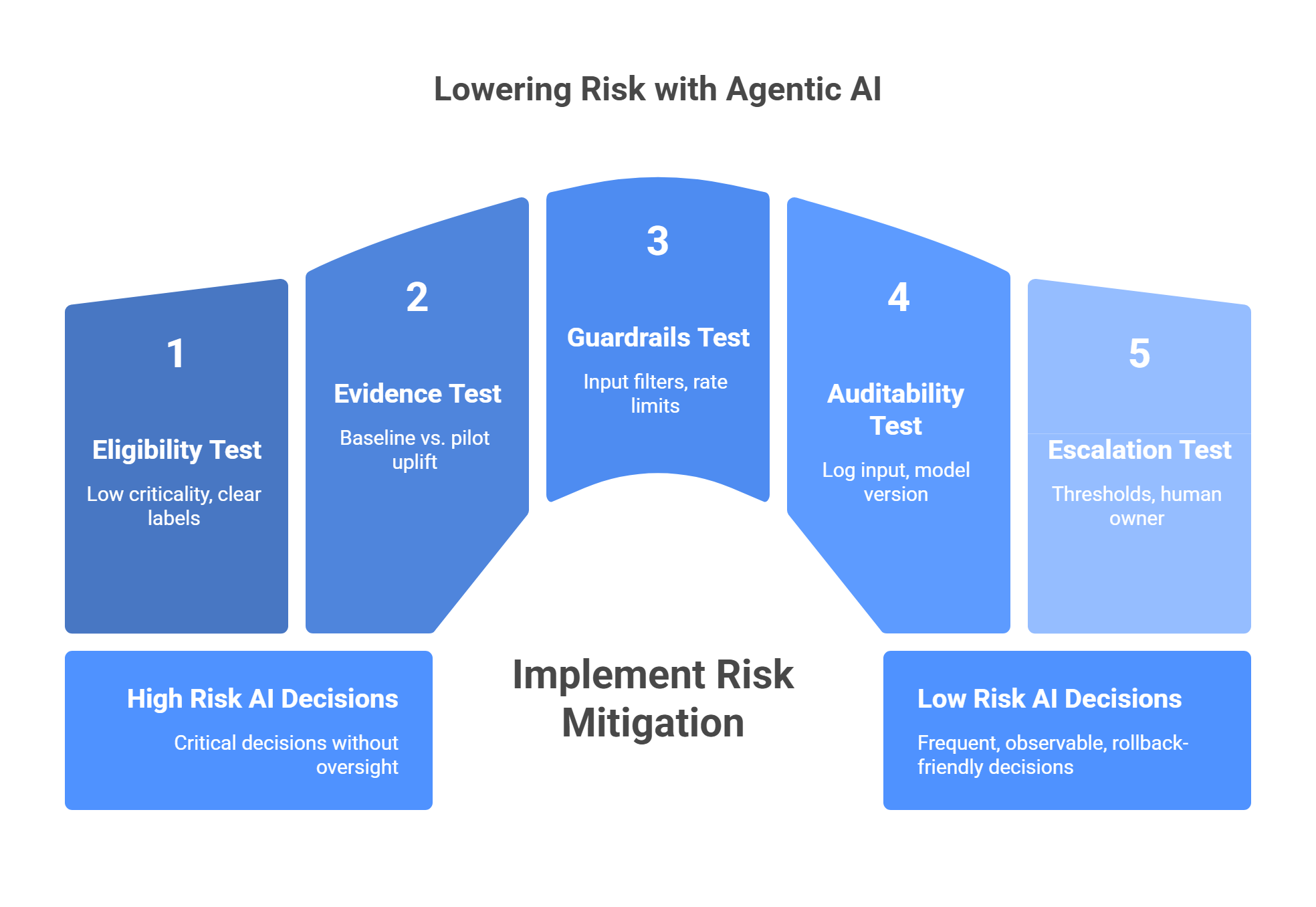The New Private Equity Playbook: From Financial Engineering to Operational Alpha
Oct 25, 2025
Cheap leverage is gone; exit windows are selective; lenders price confidence, not promises. The firms still compounding returns aren’t “doing more diligence” — they’re operating differently. The center of gravity has shifted from capital structure to operating structure: fewer levers, pulled harder, with evidence a buyer and a bank can verify in minutes.

1) Re-center on controllables that always pay
Pricing is production. Move rules from slides into CPQ: floors, bands, approvals, and expiry. Exceptions carry reason codes and sunset automatically. Coach talk tracks for “hold the line” and “trade for value.” Realization becomes a weekly number, not a quarterly hope.
Cost-to-serve is a habit. Allocate with simple, defensible drivers (picks, stops, handle time). Fix policy before price. Collapse offer complexity that adds cost without willingness to pay. Review unprofitable deciles in the performance room and take action, not notes.
Working capital is trapped time. Use policy, not heroics: dispute closure SLAs, an AP calendar locked to the cash cadence, and a two-family inventory focus with SLOB actions. Headroom buys you time; time buys you optionality.
2) Digitize for proof, not theater
Every KPI gets a script, an owner, a cadence. Store the exact query, tag the “as-of” date, and reconcile to the ledger monthly. Publish a short methods note so a stranger can reproduce the number in 30 minutes.
Freeze definition drift. Keep a KPI dictionary (source, transform, owner). Version any change. Archive an immutable monthly “truth set” so trends survive turnover and arguments.
Design dashboards backward from decisions. If a metric doesn’t change a pricing, service, inventory, or cash decision, remove it. Beauty is optional; reproducibility is not.
3) Agentic AI that lowers risk — and only then
Where it works now: dispute triage, ticket routing, contract extraction, fraud screens, pricing suggestions inside bands. These are frequent, observable, rollback-friendly decisions.
Gate with five tests:
-
Eligibility (low criticality to start, clear labels),
-
Evidence (baseline vs. pilot uplift),
-
Guardrails (input filters, rate limits, policy prompts),
-
Auditability (log input, model version, output, confidence),
-
Escalation (thresholds, human owner, kill switch).
Outcome to show: cycle time down, error rate down, cash collected sooner — with an audit trail your lender nods at, not a demo they frown at.
4) Integration as a relay, not a parade
Fit proof precedes synergy math. Confirm routes to market, price fences, and service promises before counting dollars.
Day-1 / Day-30 / Day-100 rhythm:
-
Day-1: protect revenue lanes; freeze avoidable chaos.
-
Day-30: harmonize CPQ bands, vendor terms, and service promises.
-
Day-100: rationalize SKUs and tools; stand down duplicate workflows.
Convert synergies to cash. Probability-weight items, assign owners, show ramps, reflect TSA burn-down. Talk in realized dollars, not run-rate rhetoric.

5) Liquidity by design: the Exit-Back standard
Write the exit at signing; run the business to the evidence.
Five binders buyers expect, updated monthly:
-
Revenue & Pricing: price waterfall, CPQ rules, override log.
-
Margin & CTS: driver map, contribution by family, policy outcomes.
-
Operations: OTIF with exception codes; inventory health and SLOB actions.
-
Cash: 13-week snapshots reconciled to bank; DSO/DPO/DOH.
-
Lineage & Access: scripts, data diagram, access inventory, drill logs.
Rehearse Q&A: rerun a KPI live; walk a cash variance from code to closure; produce an access certification in 60 seconds. Credibility is the multiple.
6) Headroom is strategy: manage lenders before they manage you
Operate from a one-tile 13-week view; reconcile weekly. Map covenants to triggers and pre-agreed levers (price, CTS, inventory, terms). Treat the borrowing base as a product with a weekly hygiene tile (ineligibles by reason, advance-rate sensitivity). Send the same packet, on time, every time. When questions shift from “what’s true?” to “what sequence?” spreads soften — and negotiating power returns.
7) The meeting spine (short, same, relentless)
-
Performance Room (weekly, 45 min): value bridge → five deltas → decisions; decisions logged.
-
Pricing Council (weekly, 30 min): realization trend, override log, rule approvals.
-
Cash Stand-Up (weekly, 30 min): forecast vs. actual; AR/AP/inventory actions; headroom bar.
-
Monthly Methods (30 min): pick one KPI and rerun from script to ledger; publish the note.
Kill meetings without decisions. Kill metrics without owners. Kill projects without a cash hypothesis.

8) Metrics that actually steer (with target posture)
-
Price realization by segment: rising; overrides time-bound with reasons.
-
Contribution by SKU/service family: up and explained by CTS policy changes.
-
OTIF + top two exception codes: stable/up; exceptions shrinking.
-
Inventory turns (two big families): improving; SLOB actions dated.
-
DSO/DPO/DOH: moving in intended direction; reflected in 13-week tile.
-
Forecast accuracy (rolling two-week): within ±10%.
-
Evidence coverage: 100% of KPIs with stored scripts and monthly tie-outs.
9) Failure modes (and how to neutralize them)
-
List-price heroics: realization flat → enforce bands in CPQ; coach talk tracks; expire exceptions.
-
Dashboard cosplay: pretty charts, no lineage → ship scripts + methods; archive monthly.
-
Pilot purgatory: many AI demos, zero production → gate to Level-2 in one use case with rollback.
-
Integration vanity: run-rate claims, no cash → probability-weight, owner, ramp, TSA clock.
-
Archive amnesia: numbers drift → immutable binder, locked definitions, version control.
10) What changes on Monday morning
-
Turn on the one-tile 13-week cash view; tie it to bank balances.
-
Publish CPQ bands and start the override log with reason + expiry.
-
Launch two CTS policies and measure the effect (returns, rush fees, MOQ).
-
Create the KPI dictionary and store the first scripts; archive month-end.
-
Add a decision register to the performance room; if it isn’t dated, it didn’t happen.
The result isn’t louder dashboards. It’s quieter variance, steadier margin, earlier sightlines on cash, and a narrative that survives diligence without you in the room.
VCII Note and Copyright
TVC Next installs an operating system—pricing rules that hold, CTS habits that stick, cash visibility that buys time, and evidence that travels—so EBITDA grows for reasons you can explain and lenders lower the temperature.
Copyright © 2025 VCII, Meritrium Corp. All rights reserved.
We have many great affordable courses waiting for you!
Stay connected with news and updates!
Join our mailing list to receive the latest news and updates from our team.
Don't worry, your information will not be shared.
We hate SPAM. We will never sell your information, for any reason.



